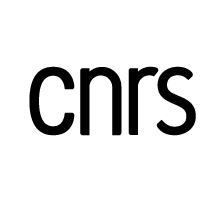Evaluation of a New Bone Conduction Device for the Rehabilitation of Single-Sided Deafness: Effects on Speech Understanding in Noise
authors
document type
ARTabstract
Introduction: A new external, adhesive, no-pressure bone-conduction device provides rehabilitation for conductive hearing loss and single-sided deafness (SSD). The purpose of the study is to evaluate speech recognition performance with the bone-conduction contralateral routing of signal (aBC-CROS) and compare it to an air-conduction CROS (AC-CROS) used by subjects for at least 1 year. Methods: Ten SSD patients underwent speech understanding in noise tests with their AC-CROS, the aBC-CROS, and unaided. The 1st test session took place the day the aBC-CROS was fitted, with the second session after 2 weeks of aBC-CROS use. Two configurations were used: speech presented on the deaf side and noise on the normal side and the reverse. Results: The speech recognition threshold (SRT) improved with both devices when speech was presented to the deaf side. Nine patients showed significant improvement ( p < 0.016) with the AC-CROS (mean: 2.8 dB) and the aBC-CROS (mean: 3.0 dB). Mean difference of improvement was significant between unaided and aBC-CROS ( p = 0.001) or AC-CROS ( p = 0.006). The SRT deteriorated by an average of 2.3 dB with the AC-CROS with noise presented on the deaf side, with significance found for six patients ( p < 0.016). The aBC-CROS did not affect performance in this configuration (mean improvement: 0.3 dB) and only one patient had a significant SRT degradation ( p < 0.016). Mean difference of improvement was significant between the AC-CROS and aBC-CROS ( p = 0.021) or unaided ( p = 0.05). Discussion: The aBC-CROS is a good alternative to the existing CROS devices for SSD rehabilitation, as it offers the same benefit with none of the drawbacks when noise is on the patient's deaf side.








